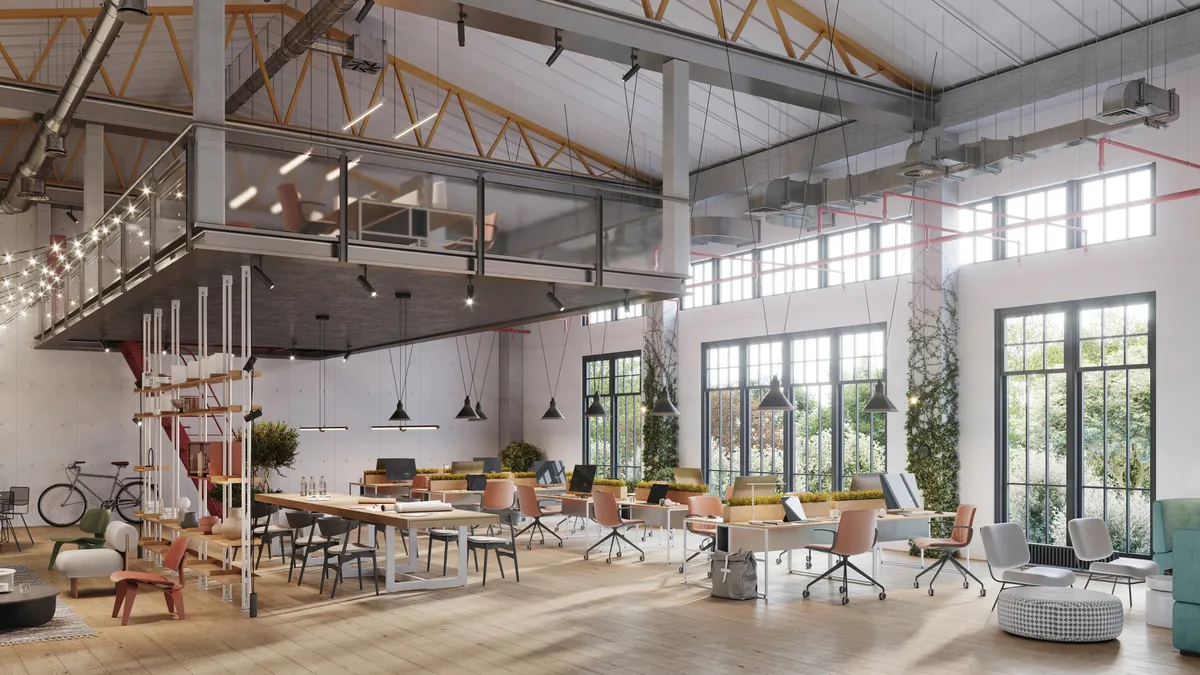Dive Brief:
- As more companies adopt remote or hybrid work, the need for office space is declining. In the third quarter of 2022, office vacancies hit 17.1% — a nearly 30-year-high, according to CBRE. That reality has forced more office property owners to consider repurposing their spaces.
- In 2022, more than 12 million square feet of office space was converted to other uses after more than 8 million were completed in 2021. In 2023, that number is expected to jump to almost 20 million, according to CBRE.
- Apartments have constituted one-third of office conversion activity since 2016, making them the most common reuse option, according to CBRE. In that time, approximately 16.4 million square feet of office space has been converted into 89 apartment properties with more than 14,000 units across 26 major markets.
Dive Insight:
Despite interest in apartment conversions, there are challenges, according to Jonathan Bennett, president of New York City–based AmTrust RE, who said the company was deciding whether to convert an office building overlooking the Hudson River in Westchester County, New York, into apartments.
“Offices are designed very differently than residential buildings,” Bennett said. “They’re designed with larger floor plates that try to cram more workers in during the day. And only the executives get windows, even though that’s changing a little bit today.”
But in residential buildings, every apartment needs to have windows. “So it doesn’t work on these massive floor plates,” Bennett said. “You end up with the interior of the four plates being dead weight and not usable.”
Even though some floorplates are just not compatible with conversions, CBRE notes that there can be creative solutions, “like creating common space, private lockers and storage facilities, gyms and offices, or gutting the area to add light and connectivity.”
If owners can convert offices to apartments, it can help them generate cash flow and benefit market fundamentals, according to Trepp. It notes that developers can also design central courtyards in larger structures, creating more access to the exterior.
As Bennett weighed the decision to convert an office building to residential, environmental benefits were also a factor.
“I’m hearing that if you can retrofit the existing buildings, there’s less of an environmental impact, and maybe it costs you less money as well,” Bennett said. “So maybe it’s a win-win. But I’m also concerned with what the living environment will be when we’re done.”
Apartments aren’t the only option for office conversions. In recent months, life sciences conversions (which is a sector where it is difficult to work remotely) have been popular among office owners, according to CBRE. Of the 26.8 million square feet of office space conversions in the fourth quarter of 2022, 11.4 million square feet will become life sciences space.














